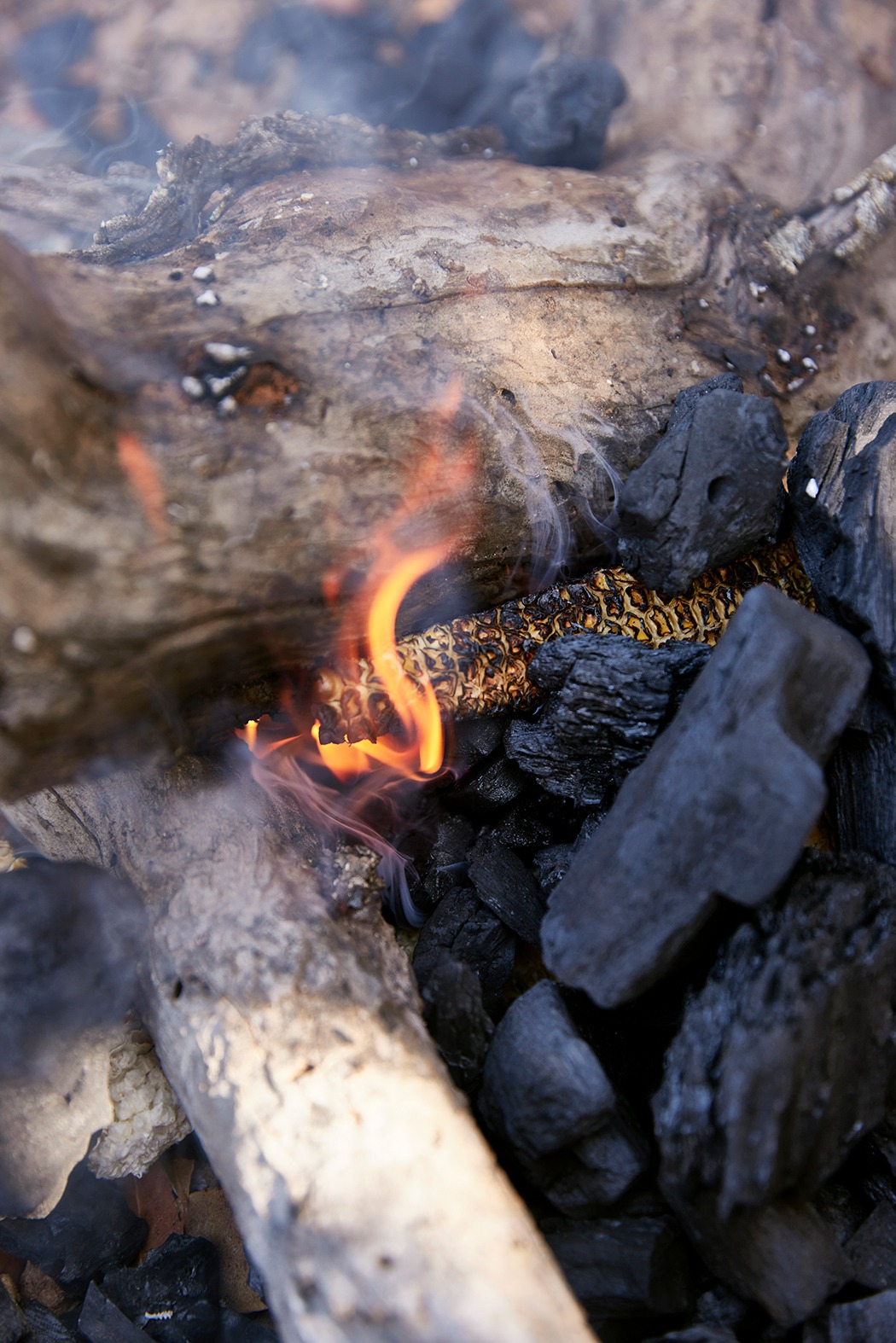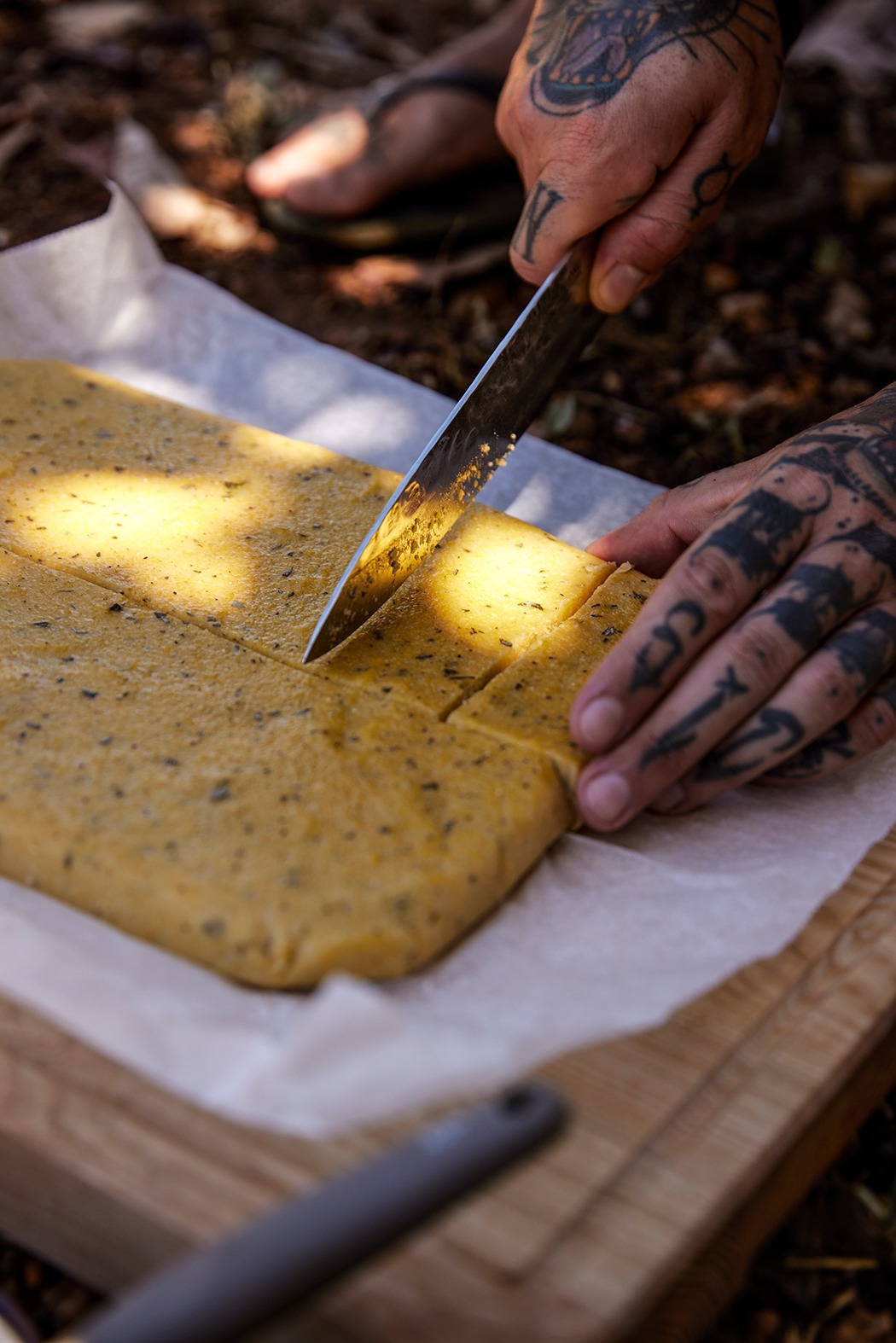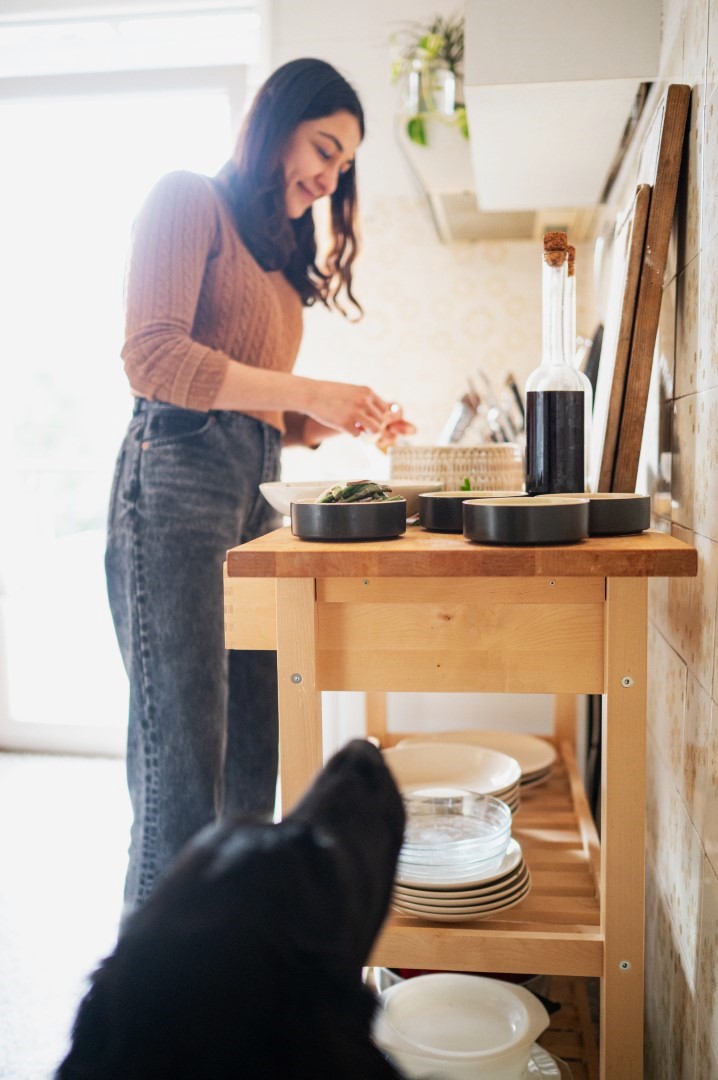In an era where food is increasingly seen as a commodity with an expiration date and kitchen waste has become a global issue, Alessandro Vitale — better known as Spicy Moustache — is leading a revolution that is as sustainable as it is delicious. With over 13 million followers on social media, Alessandro has earned the status of one of the most influential promoters of low-waste cooking, and his newly released book, Low Waste Kitchen, is a guide that shows how every ingredient can be given a second life. But, as he tells me, this book is not just a collection of recipes — it’s an invitation to shift perspective. “My goal is not just to help people save time and money in the kitchen, but to encourage deeper thinking about food and the resources behind it. People today have lost the connection with what they eat, relying on expiration labels instead of their own senses. I want to remind them that our grandparents knew how to use every part of food — and that we can learn that again.”
As gardening has taught him patience and respect for nature’s cycles, Alessandro believes that food, too, deserves more respect. That’s why the book offers one hundred clever recipes that show how to use even those parts of food we usually throw away. “For example, leftover rice can be transformed into soft, fluffy bread; pineapple peels can become a refreshing sparkling drink, and sunflower seeds can turn into a creamy plant-based butter. All you need is a little imagination and the willingness to look at food from a different perspective.”
What Vitale emphasizes is that sustainable cooking does not mean sacrificing flavor but rather discovering new, creative tastes. “People often think zero-waste recipes are complicated, but they’re actually incredibly intuitive. Banana peels, for instance, can become the base for a delicious chutney or even a substitute for meat in dishes like pulled pork. It’s all about the way we think about food.”
How to start cooking sustainably, I ask him? For those looking to take their first steps toward a low-waste kitchen, Alessandro offered three simple yet effective rules:
“Eat what you buy — plan meals based on what you already have in your kitchen and use leftovers instead of throwing them away.
Rethink what you consider waste — vegetable peels, stems, leaves, and stalks are often full of flavor and nutrients. Use them for pesto, soups, or seasonings.
Store smartly — learn how to preserve food to make it last longer. For example, keep fresh herbs in water and store fruits and vegetables properly to prevent early spoilage.”
It’s important to mention that behind Alessandro’s passion for sustainable cooking lies something deeper — a return to nature and the life values he learned from his grandparents in Italy. “The most important thing I learned from them and from nature is the intrinsic value of time. Today, we all live in a rush, and time has become the ultimate luxury, but gardening and cooking have taught me to pause, observe, and appreciate the process. That lesson goes far beyond the garden and food — I apply it to every part of my life. Food is not just a practical necessity; it’s therapy and a part of who we are. It allows us to step away from the chaos of daily life and reconnect with our true essence. After all, we are not separate from nature — we are nature.”
In that sense, Low Waste Kitchen is not just a collection of recipes but a guide to a more sustainable way of living. Perhaps now is the perfect moment not only to try Alessandro’s recipe but also to pause, look inside your own fridge, and give something new — and surprisingly delicious — a chance.
Grilled Polenta with Sage
My grandpa was fond of making polenta, and we always ended up with some leftovers as he liked to cook massive batches for family and guests. The day after making the polenta, he used to slice it and grill it over an open fire, giving it a smoky, crispy crust.
Serves 4–6
Prep time 10 minutes
Cooking time 30–40 minutes, plus cooling time
Tip
“This polenta can also be enjoyed straight out of the pan as a creamy polenta. Simply skip the chilling and grilling steps and serve it directly from the saucepan, or after letting it cool slightly to thicken.”
Cook the polenta
In a large saucepan, bring 1 litre (41/4 cups) water to the boil. Add the half stock cube and stir to dissolve, then gradually add the polenta, whisking all the while to avoid lumps. Reduce the heat to low and cook, stirring frequently, for 20–25 minutes, or until the polenta thickens and pulls away from the sides of the pan. Stir in the salt and chopped sage, and season with black pepper to taste. Mix well.
Cool
Transfer the cooked polenta to a lightly greased or baking parchment-lined baking dish. Smooth the top with a spatula. Allow the polenta to cool completely and firm up. You can speed this up by placing it in the refrigerator for about 1 hour.
Slice and grill
Once the polenta has set and is firm, cut it into your desired shapes (slices, squares or triangles). Preheat the grill to medium–high or place a griddle pan over a medium–high heat.
Grill
Lightly brush each polenta piece with vegetable oil, then grill for 2–4 minutes on each side until grill marks appear and the polenta is warm and crispy.
Serve
Serve warm. This polenta can be enjoyed as a side dish or with your favourite dipping sauces.
Storage
Store leftover grilled polenta in an airtight container in the refrigerator for up to 4 days. Reheat on the grill or in a frying pan with a little oil to restore its crispiness.







